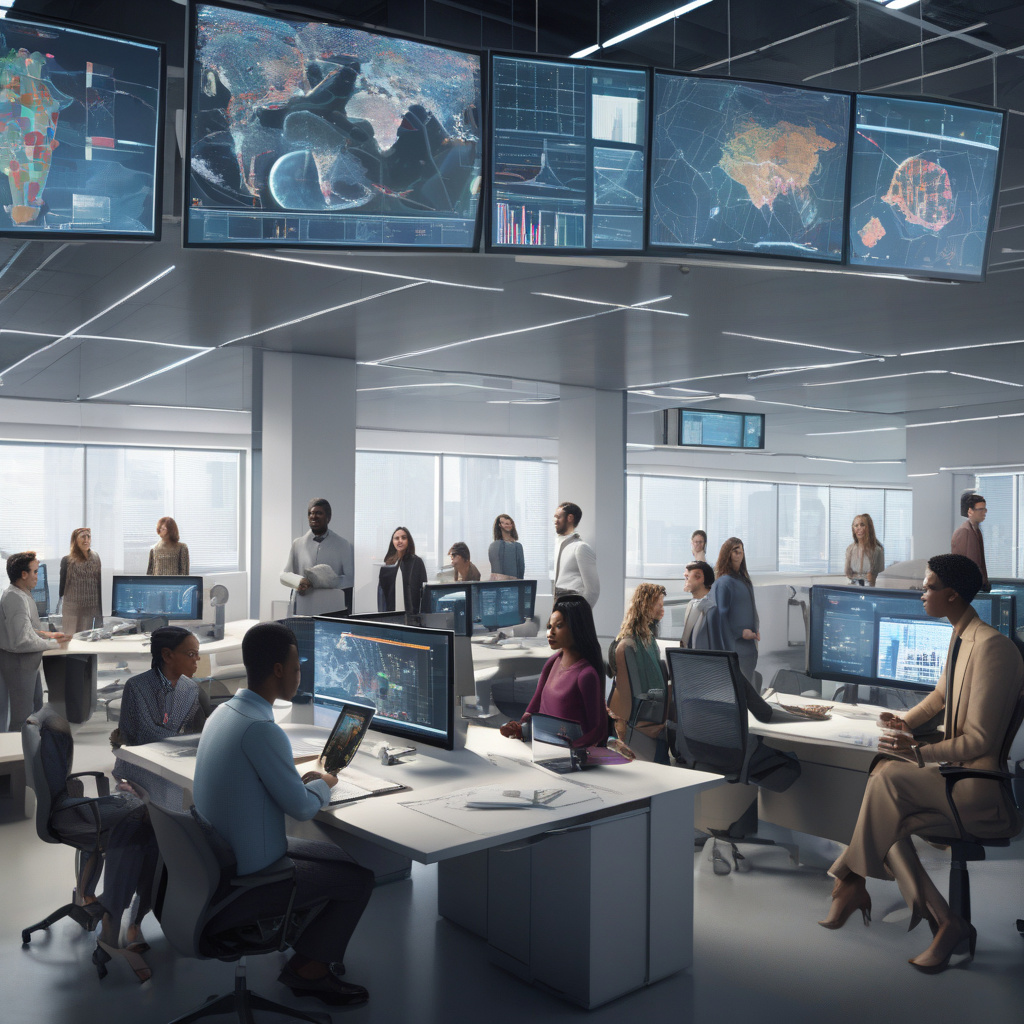Addressing AI Bias Against Human Content: A Crucial Step for Designers
New research in the realm of artificial intelligence has shed light on a concerning issue: bias against human-generated content. As AI technologies continue to advance and play a significant role in various aspects of our lives, it has become evident that there is a preference for machine-generated text over content created by humans. This preference poses a challenge for designers and content creators who strive to connect with their audiences on a personal and authentic level.
AI bias against human content can manifest in several ways. One common scenario is seen in e-commerce product descriptions. When AI is used to generate these descriptions, the language tends to be uniform and lacking in the nuances that human-created content can provide. As a result, potential customers may find it challenging to resonate with the products, leading to decreased engagement and conversion rates.
Another area where AI bias against human content is prominent is in digital marketing campaigns. AI-powered algorithms often favor text that follows a specific formula for optimal performance, such as keyword density and placement. While this approach may boost search engine rankings, it can compromise the creativity and uniqueness that human-generated content brings to the table.
Designers must address AI’s preference for machine-generated text to ensure that their content remains authentic and relatable to their target audience. One way to tackle this issue is by incorporating human-created elements into AI-generated content. For example, designers can manually curate product descriptions to infuse them with personality and storytelling, even when AI is used to assist in the process.
Additionally, designers can leverage AI tools that are specifically designed to enhance human creativity rather than replace it. These tools can help streamline the content creation process while preserving the human touch that is essential for building meaningful connections with consumers.
It is crucial for designers to strike a balance between the efficiency of AI-generated content and the authenticity of human-created content. By acknowledging and mitigating AI bias against human content, designers can create experiences that resonate with audiences on a deeper level and drive better results for their brands.
In conclusion, the issue of AI bias against human content highlights the importance of maintaining a human-centric approach in design and content creation. By recognizing the value that human-created content brings to the table and taking proactive steps to address AI bias, designers can harness the power of AI technology while preserving the authenticity and creativity that set their brand apart.
#AI, #Bias, #HumanContent, #Designers, #DigitalMarketing
